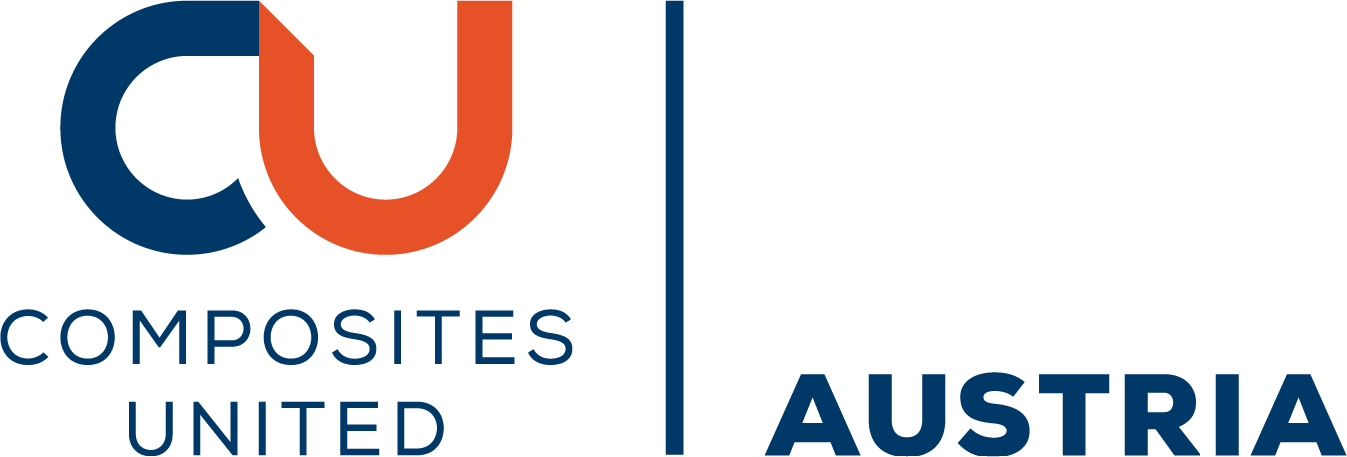
Analytical models for the impact on composite plates
Please login to view abstract download link
The low temperature limit of the polymer matrix restricts the application of unidirectional fiber-reinforced plastics (FRP) to aircraft engine parts in the cold area close to the inlet. This leads to a vulnerability of FRP components to impacts from foreign objects, such as hailstones or runway debris, which are known to cause a variety of damage modes and may reduce the residual strength of composite structures. Interlaminar failure (delamination) is a concern, as it occurs at relatively low impact energy levels and is difficult to detect by visual inspection. While numerical simulations provide detailed insights into the impact dynamics and damage modes of composite structures, they often lack the computational efficiency required in early design stages. In the present work, computationally more efficient analytical approaches suggested by various researchers are investigated. The first step of this approach involves the elastodynamic description of impacted, undamaged FRP plates. In previous works, it has been shown that the elastic wave propagation during the contact time significantly influences the qualitative elastodynamic response. A distinction must be made between two types of impacts: wave-controlled impacts, which show little to no interaction between the elastic wave front and the system boundaries, and boundary-controlled impacts, which involve reflections of the elastic waves at the system boundaries. Analytical mass-spring-(damper) models for both scenarios describe the resulting deflection and indentation of the plate in the contact zone, and corresponding constitutive laws offer the possibility to describe the contact force over the contact duration. Based on the determined contact load, an analytical initiation criterion for delaminations has been implemented, using a fracture mechanics approach. The analytical modelling approach has been validated using the explicit FEA software LS-DYNA. The accuracy and computational efficiency of the analytical results are evaluated in comparison to numerical simulations. Finally, the achieved results are compared to impact experiments.






